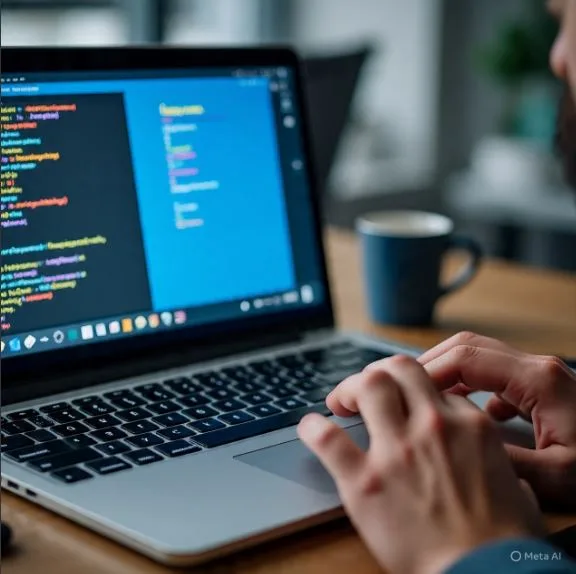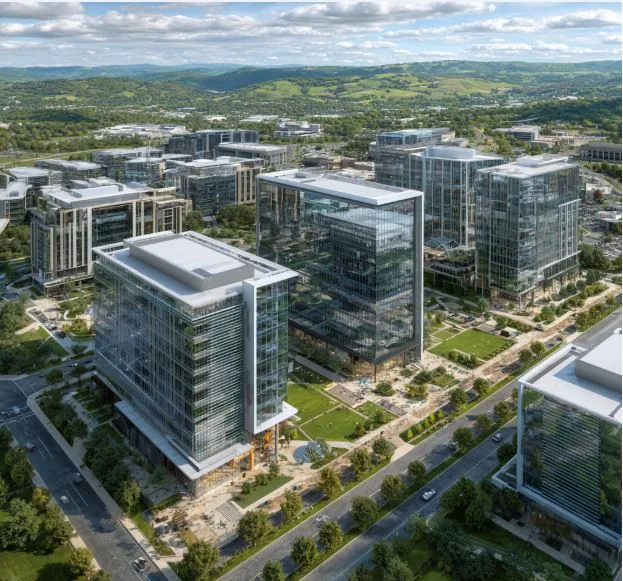A Deep Dive into Flutter Development Costs
When businesses look to build a mobile app, Flutter often emerges as a top contender for its ability to create beautiful, high-performance apps for both iOS and Android from a single codebase. This cross-platform capability promises efficiency and cost savings. But what factors truly determine the final price of a Flutter project? The answer goes far beyond a simple hourly rate. A detailed understanding of the Flutter cost development requires a look at the specific technical features, design choices, and backend requirements that constitute a modern application.
The feature-level cost analysis
The complexity of an application is the core of its cost, and this complexity is defined by its features. Let’s break down how different types of features contribute to the development timeline and budget.
- User interface and design: A simple app using Flutter’s standard Material Design or Cupertino widgets is relatively straightforward to build. However, if your app requires a completely custom design with intricate animations, unique transitions, and a highly branded user experience, the hours for UI development will increase substantially. A pixel-perfect design requires more time and a higher level of developer skill.
- User authentication and profiles: If your app requires users to log in, you’ll need to build an authentication system. A simple email and password login is one level of effort. Adding social logins via Google, Facebook, or Apple adds another layer. Building features for profile management, password resets, and user settings further adds to the scope.
- Backend and API integration: A standalone app is rare. Most apps need to communicate with a server to store and retrieve data. This means a backend needs to be built, or at best, an existing one needs to be integrated. This involves creating a robust REST or GraphQL API that the Flutter app can talk to. The complexity of the backend is a huge cost variable, often equaling or exceeding the cost of the mobile app itself.
- Device hardware integration: Does your app need to access the phone’s hardware? Using the camera for photos, the GPS for location tracking, or Bluetooth to connect to other devices requires specific expertise and development time. Each hardware integration adds a layer of complexity due to the need to handle permissions and the differences between how iOS and Android manage these features.
- Advanced feature sets: Features like real-time chat, in-app purchases, payment gateway integration, or sophisticated data visualizations require specialized libraries and a significant amount of development and testing. Real-time features in particular demand a more complex backend architecture using technologies like WebSockets.
Beyond the app: administrative and maintenance costs
The cost of an app doesn’t end when the coding is done. Several other critical components contribute to the final budget. A web-based admin panel is often a necessity. This is a tool that allows you or your team to manage users, view analytics, and update content within the app without needing a developer. Building this admin panel is a separate, parallel development effort.
Furthermore, you need to budget for ongoing maintenance. This isn’t just about fixing bugs. It’s about keeping the app up to date with new operating system versions from Apple and Google, updating dependencies, and ensuring the app remains secure. A good rule of thumb is to budget around 15 to 20 percent of the initial development cost annually for maintenance. For businesses looking for a long-term partner, finding the right agency is key. A team that can function as an MVP development agency for the initial build and then transition into a reliable maintenance partner provides immense value and continuity for the project. Understanding these hidden and ongoing costs is essential for creating a realistic budget that ensures your app’s long-term health and success.





